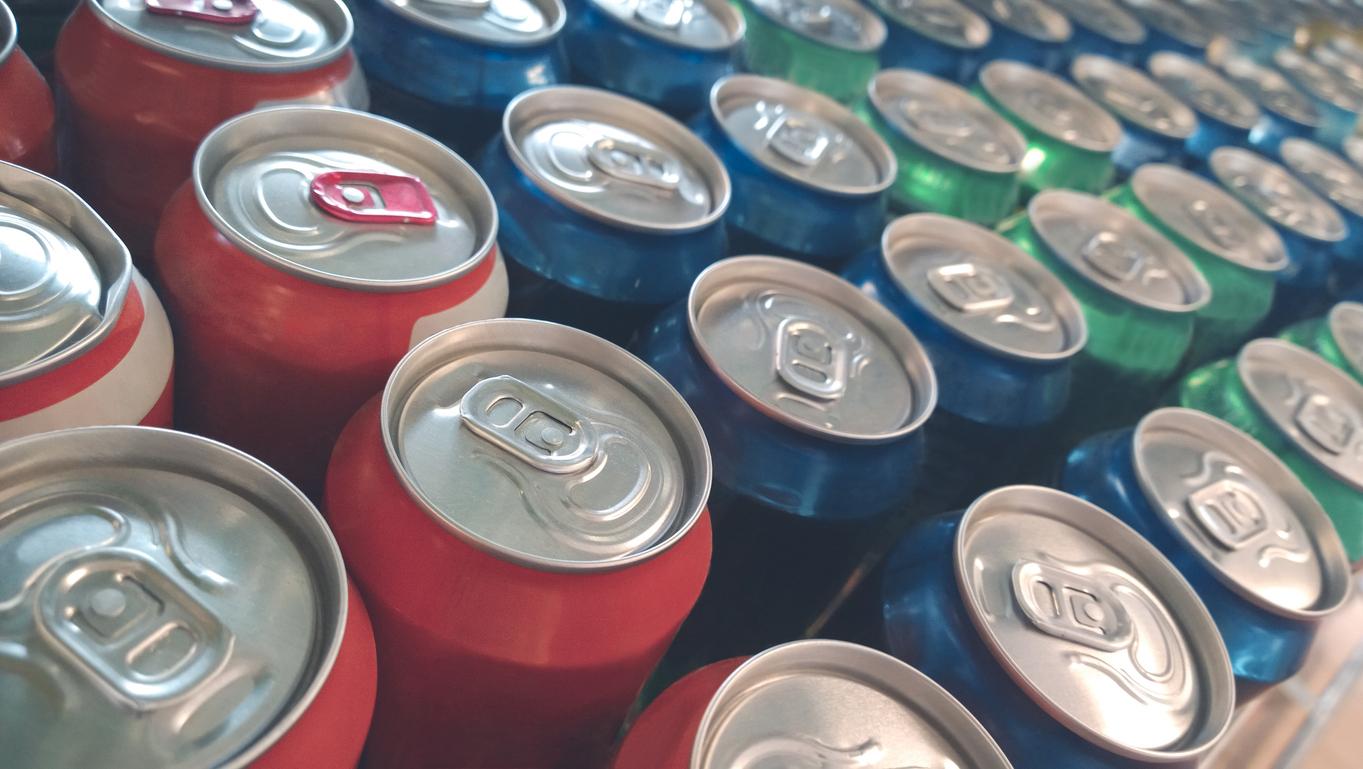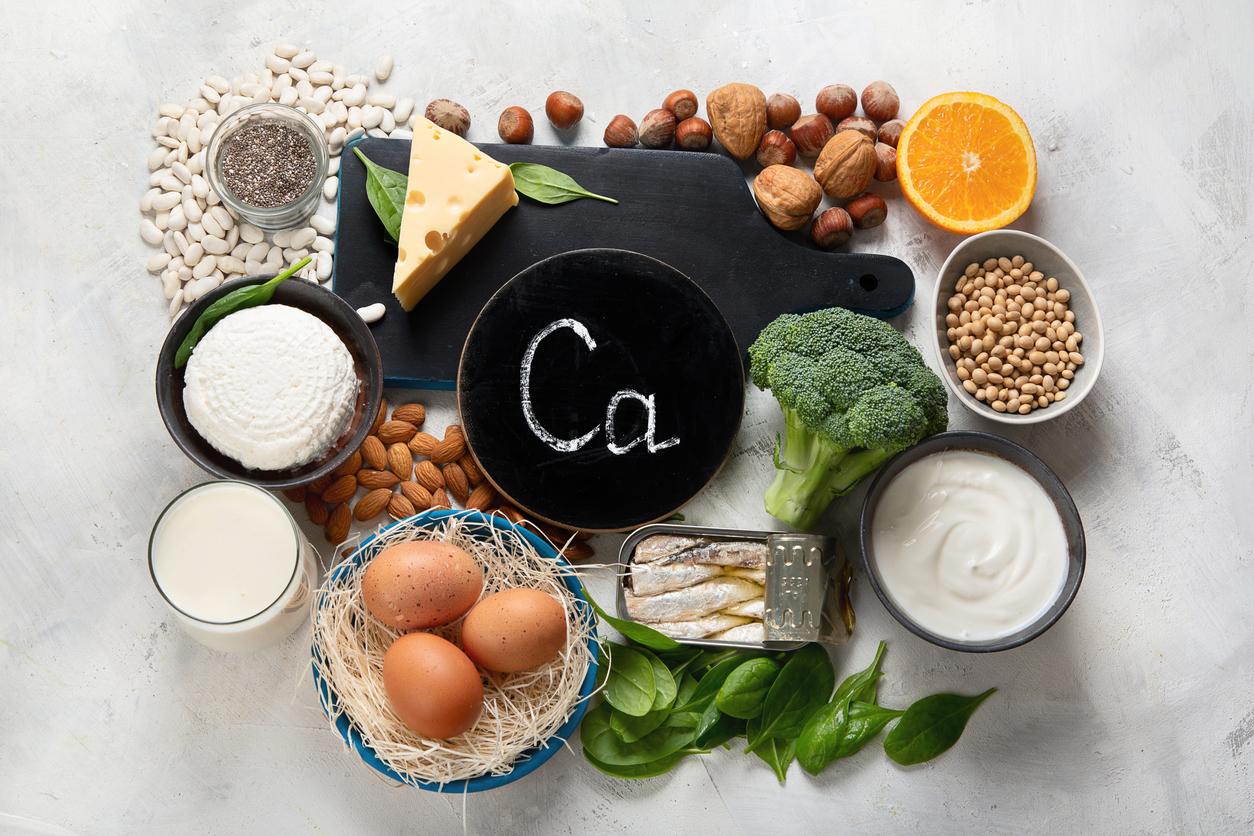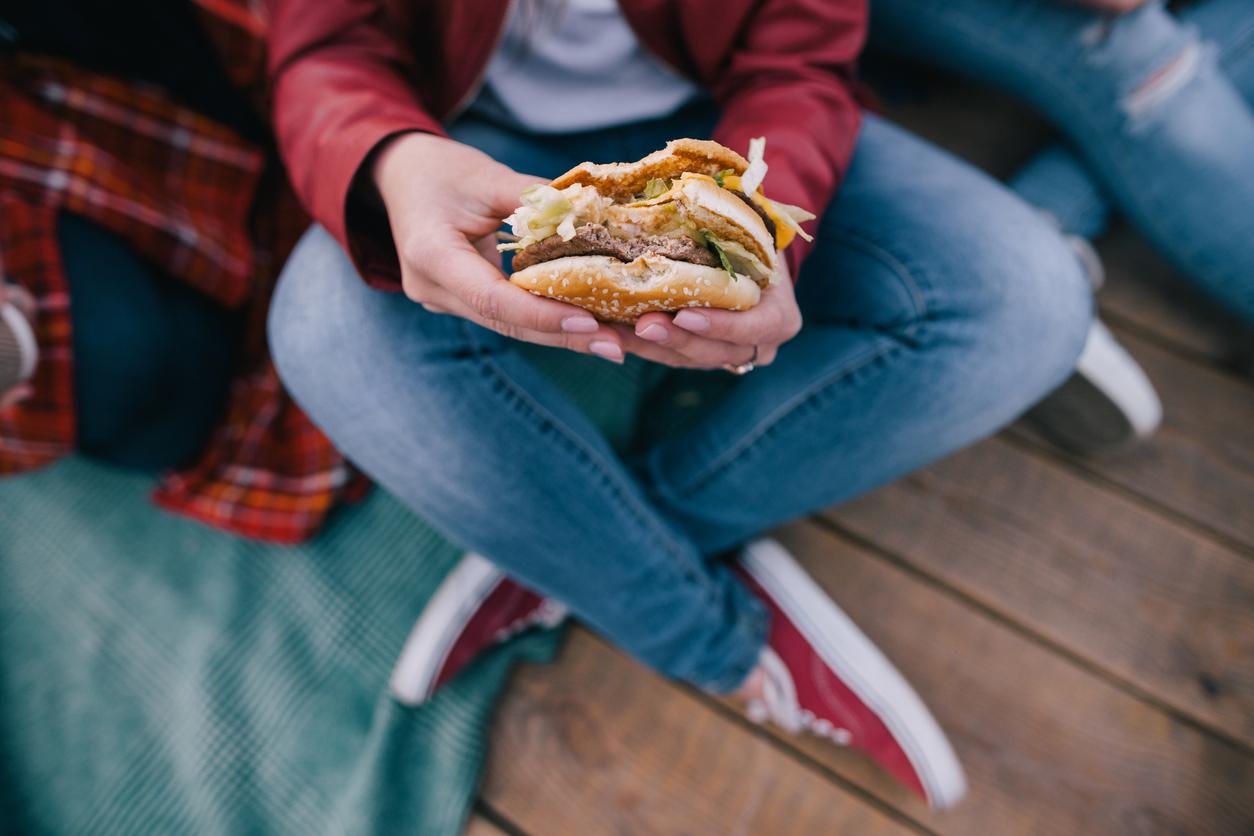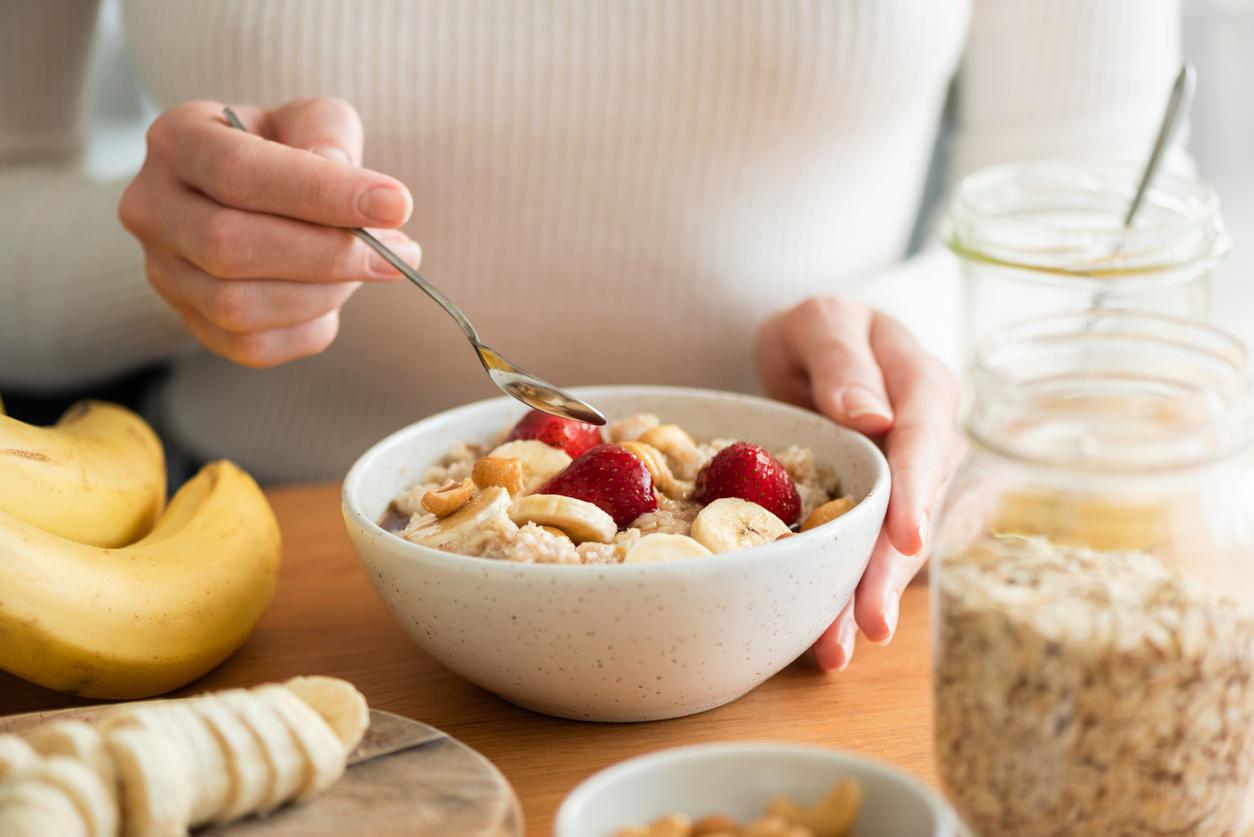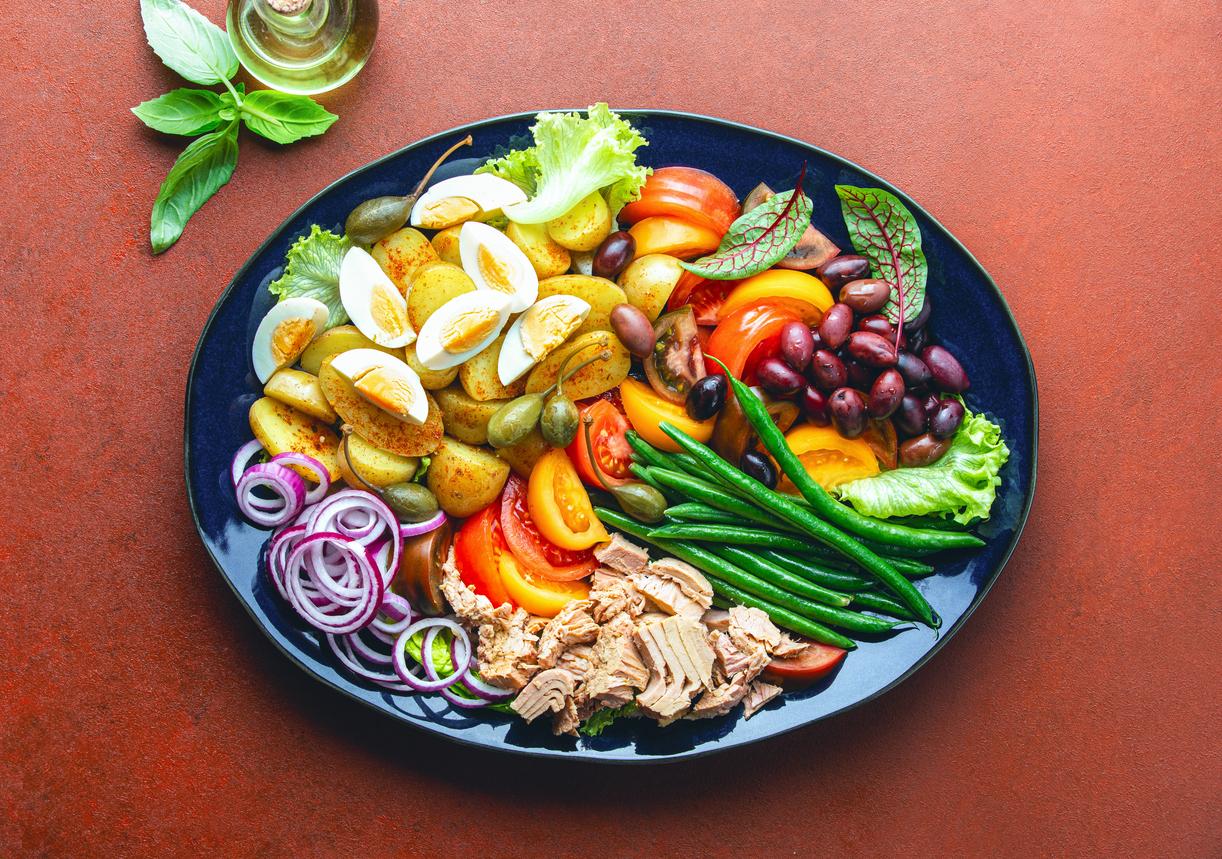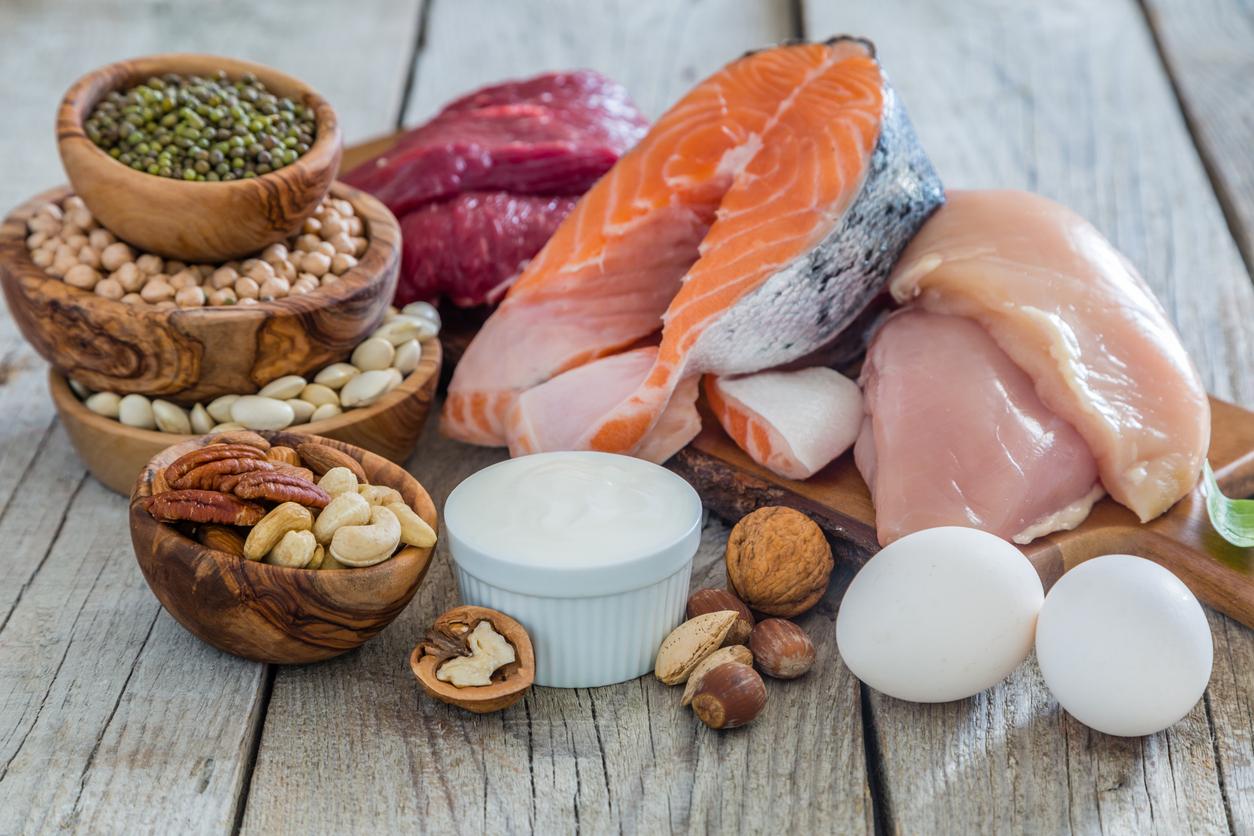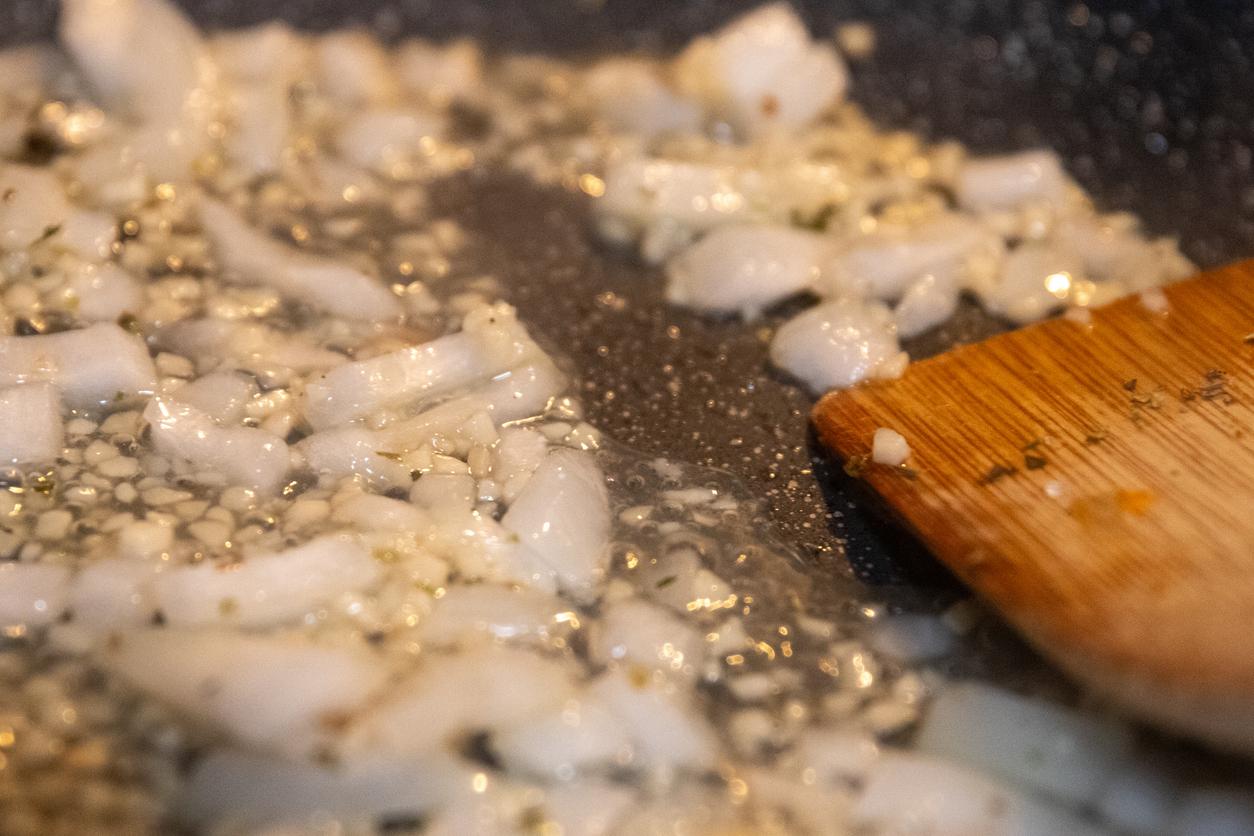Food pleasure of the summer, the ice remains inseparable from the holidays. Only, do we really know its composition? Is there a perfect time to eat it? Does it have many differences with sorbet? Interview with Florence Foucaut, dietitian nutritionist.
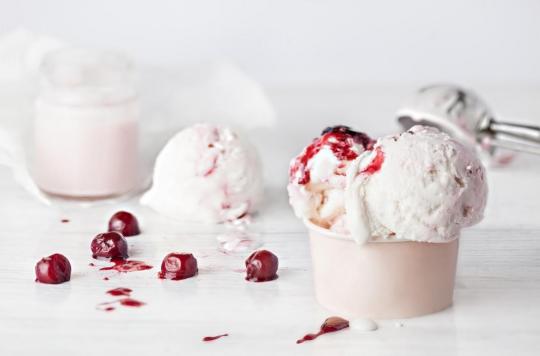
Although it has been deeply upset by the health crisis, the summer of 2020 still has one constant: the consumption of ice cream, which is inseparable from the holidays. Carbohydrate content, energy value, proliferation… Dietitian nutritionist Florence Foucaut gives us the underside of the composition of ice creams and sorbets. One watchword: pleasure.
What time of day would it be best to eat ice cream?
From a digestive point of view, the primary role of the stomach is to bring food to temperature. Thus, eating ice cream poses no digestion problem, especially since, as the texture will become liquid, it is easier to bring it to temperature. There is therefore no ideal moment of consumption. Ice cream is a sweet product, therefore a pleasure food; it is inseparable from summer, from holidays. It will be welcome as a dessert, at the end of the afternoon, or even in the evening.
Even if we can eat it all year round, this is the time to do it. We must not feel guilty: ice cream is not a caloric bomb. On the other hand, today we have the possibility of adding lots of ingredients on top: granules, chocolate syrup, almonds, candies… We must not neglect the fact that these fillings will increase the calorie intake.
What are the differences between ice cream and sorbets?
In ice cream, you will find pasteurized milk, which is of some interest since it is a source of calcium: it can be estimated that it reaches 135 milligrams per 100 grams of ice cream. On the other hand, there may be added sugar in sorbets, so a little more carbohydrate. Their average content is 30 grams per 100 grams, knowing that a scoop of sorbet weighs 50 grams. Be careful though: these figures are to be taken with a grain of salt because they also take into account the sugar in fruits.
Ice cream contains 25 grams of carbohydrates per 100 grams, while a scoop is also 50 grams. The energy value will depend on the quality: home-made ice cream makers may add cream, so more lipids. On average, it is estimated that 100 grams of ice cream represent 180 kilocalories and that 100 grams of sorbet are worth 134 kilocalories. In any case, you have to have fun: this is what takes precedence in the choice between sorbet and ice cream.
Should we favor artisanal ice cream parlors?
It’s very good to turn to artisanal ice cream, but we must be careful with the proliferation. When you make ice cream, you have to cool it: you put it in a turbine and incorporate air. Thus, the volume will necessarily increase. What you need to know is that it should not be more than doubled compared to the initial proportion of ice cream. For example, if there is more than 300 grams of ice at the base and we end up with a 750 gram container, that means there is a lot of air: we buy air at the price of ice cream.
For the consumer, it’s hard to realize it: it’s rarely indicated in artisanal ice cream parlors when you take a scoop or two. But, generally, they attach great importance to the quality of their products. Moreover, if you buy a tub of ice cream, this means that you have to read the initial weight of fruit, milk… On the other hand, consuming ice cream with a large volume of air is not bad for the ‘stomach.
Are there perfumes that are more or less “bad” physiologically speaking?
No, but the caloric intake will change: the chocolate may be a little more caloric and the banana a little sweeter. In absolute terms, this does not make a big difference: whatever its flavor, ice cream remains a caloric intake. Then, as the fruits are mixed, there is no longer any fiber intake, even if the vitamin content is preserved.
Anyway, the most represented nutrient in ice cream remains milk, lipids, or sugar: I’m not sure that we choose to take a blackcurrant sorbet for its vitamin C intake. Customers will reason in terms of sugar or calorie content, but not in nutrients. Then, in the food pleasure, it is precisely the pleasure which prevails and which must prevail. It’s also a question of quantity and frequency of course, but, at its core, it’s still a pleasure diet.
.







